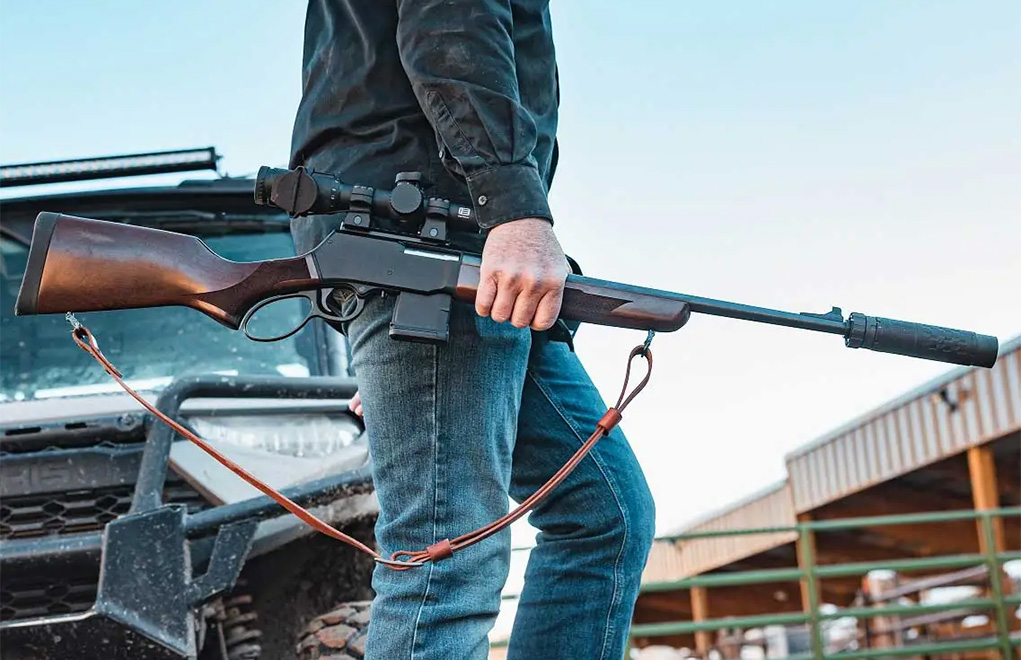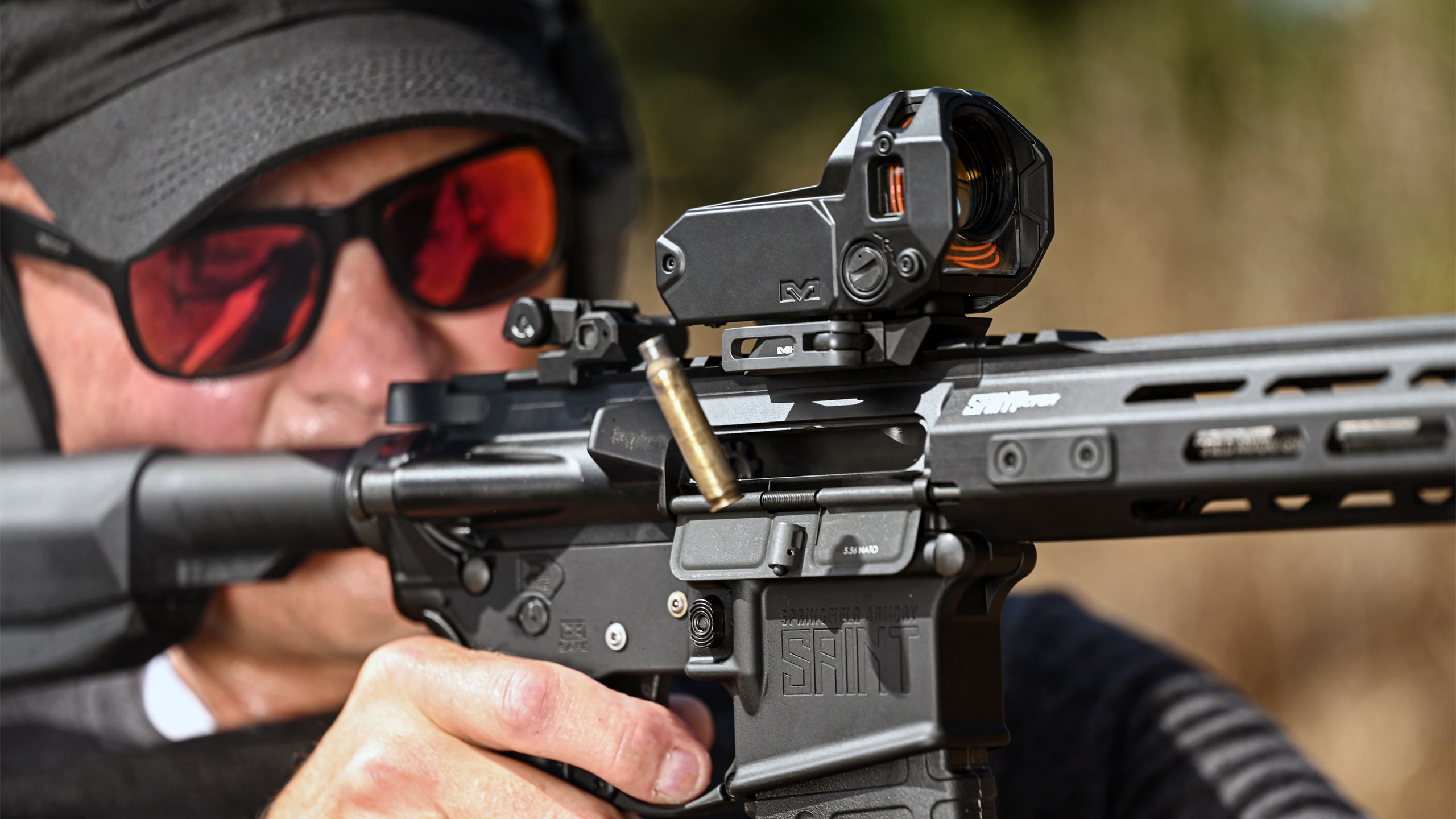Shooters aiming to raise their skills to a higher performance level applied to either combat or competition may realize the profound value of process flow as a tool for personal development. By understanding and applying process flow principles, you can gain a structured approach to mastering tasks, achieving goals and producing consistent, desired outcomes.
Process flow refers to the sequence of steps or activities required to complete a task, achieve a goal or produce a desired outcome. It provides a structured framework for how a work in flow progresses through a process. Understanding and mapping process flow is essential for efficiency, consistency, refinement leading to improvement and clarity.
Flow Types
In all there are four types of process flows. Listed in order, they are linear flow, parallel flow, iterative flow and conditional flow. Each, when applied to the shooting process, defined as “bring stability to alignment and press without disturbing that alignment,” produces a different and useful result.
Linear flow allows the shooter to identify and execute those individual steps in the process sequentially from start to finish. For example, the draw process of presenting the handgun from a concealed position requires the following steps executed sequentially and in order in a linear flow: Move any garment out of the way clearing a path to the grip, get a positive strong hand grip on the holstered pistol, remove the pistol from the holster, bring the support hand together with the strong hand on the way out repositioning the muzzle toward the target and so on. None of these steps can be done out of order and must be executed sequentially.
Parallel flow describes what steps occur simultaneously. Using the same handgun presentation example, concurrent with the linear flow as described, the shooter is required to remain target focused both visually and mentally. The decision has already been made to shoot and the concurrent task is to maintain both target awareness (mental) and visual confirmation to create and maintain alignment. Both the linear process and the mental-visual process running concurrently are what optimizes efficiency.
In both training and experience, iterative flow is what describes the well-executed repetitions of a specific flow. As the saying goes “repetition is the mother of all skills” because it is through consistent perfect practice and repetition that shooters may internalize, refine and master any shooting skill. This concept underscores the importance of sustained effort, focus and dedication over time to achieve competence and eventually mastery. Therefore, iterative flow results in refinement leading to improvement.
Lastly but certainly not least is conditional flow which describes those process pathways or waypoints which are determined by decision points or specific conditions. An example of this is that although we strive to point the gun well (reposition the muzzle in alignment with the target from the holster, or in transition between targets or in recoil recovery et al), at the visual center of a target, there are times where micro-adjustment or trajectory correction inputs must be made to achieve either initial or sustained alignment.
Each flow type highlights inputs, actions, results and interactions at each stage in the shooting process. Process flow can apply to virtually any shooting context and helps to answer key questions such as which task needs to be completed and when? What is required of the shooter for each delineated step? What conditions or criteria determine the transition to the next step? By leveraging these underlying principles, shooters can enhance their ability to respond dynamically, execute tasks seamlessly, and maintain focus under pressure.
Desired Results
Understanding and mapping process flow facilitates efficiency, consistency, refinement leading to improvement and clarity. Reference efficiency, it helps identify inefficiencies, redundancies and stumbling blocks in the shooting process. By analyzing process flow, shooters can streamline each of the shooting sub-processes needed to reduce any wasted or unnecessary movement or energy and optimize their singular sequential or multi-task performance.
Referencing consistency, standardized workflows ensure that tasks are performed uniformly, reducing variability and preventing errors. This is especially critical in skills development, where consistency directly impacts competency and shooter confidence.
Referencing refinement and improvement, a clear process flow makes it easier to monitor and evaluate performance at each step. Shooters can readily implement quality control measures and make visual or tactile input-information-driven adjustments to enhance desired results.
Reference clarity, mapping a process flow provides a tangible mental image representation of the shooting workflows which, in turn, aids the shooter in shifting the entirety of the shooting process internally from the conscious to the subconscious for optimal execution.
A well-defined process flow is the backbone of any successful shooter’s training regimen. By understanding and mapping how your training progresses utilizing the principles of all four process flow types, you can drive efficiency, maintain consistency, and foster continuous refinement and improvement. Process flow optimization proves an immensely useful skills development tool for achieving long term success and competency.
Read the full article here


















Leave a Reply